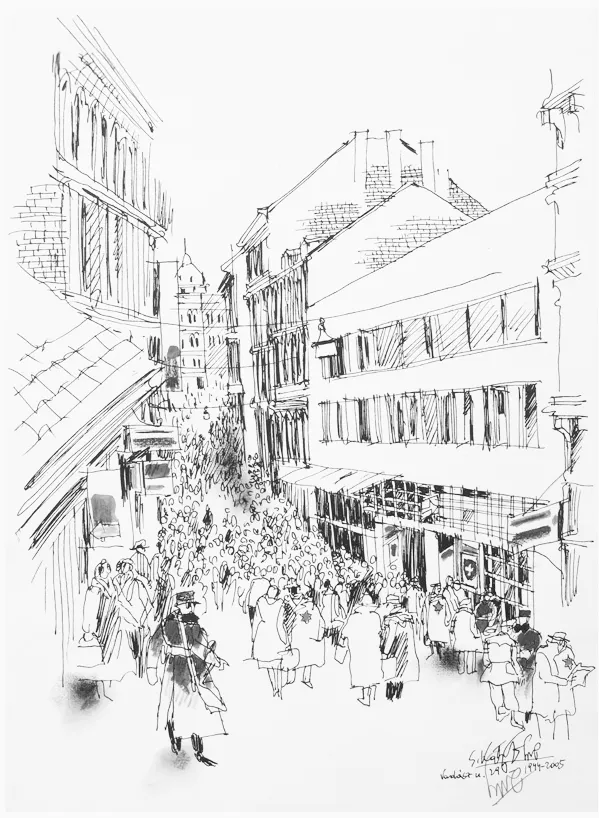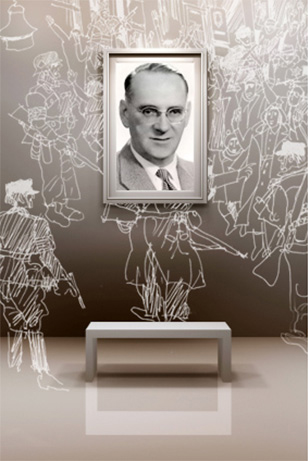
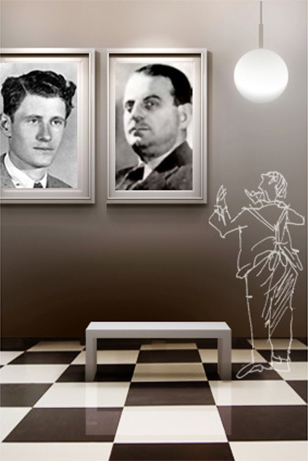
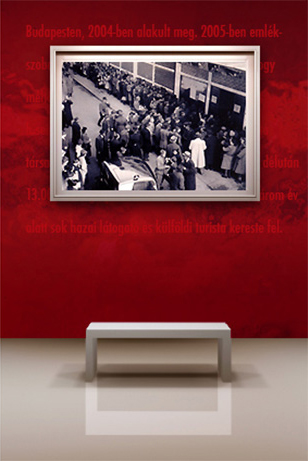
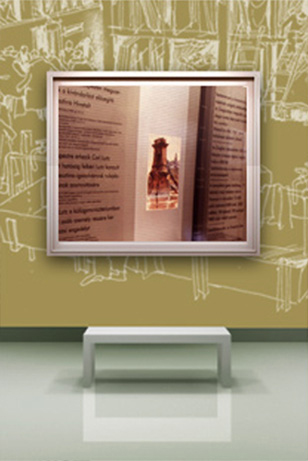
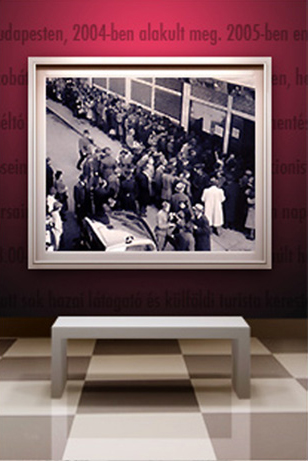
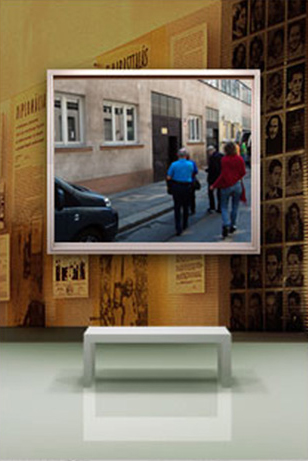
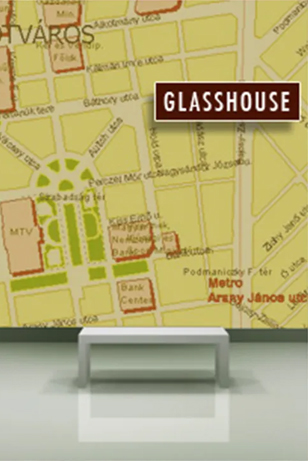
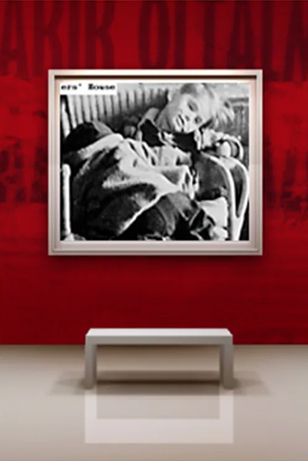
חדר הזיכרון של קרל לוץ
לחץ בשביל לנגן
הבית ברחוב ודאס 29 נבנה בשנות השלושים של המאה הקודמת לפי התכניות של האדריכל לאיוש קוזמה (Kozma Lajos) עבור משפחת וייס כדי שישמש בית מסחר למוצרי זכוכית לבניינים. לפי החוק ההונגרי שנחקק, מן הבעלים היהודיים של הבית נמנע לעסוק במסחרם. בבית שעמד ריק נפתחה ב-24 ביולי 1944 המחלקה להגירה והאינטרסים זרים של הצירות השוויצרית.
במקום המוסך שבתוך הבית הוקם ב-2005 חדר הזיכרון של עמותת קרל לוץ-בודפשט.
2026 חדר הזיכרון על שם קרל לוץ יהיה סגור בין 24 בדצמבר 2025 ל־1 בינואר.
פתיחה מחדש: 2 בינואר 2026.
חדר הזיכרון פתוח עבור מבקרים יום-יום בין השעות 13.00 ל-16.00
לפי תאום מוקדם בטלפון או באמצעות דואר אלקטרוני אנו עומדים לרשותם של ניצולי הבית או קבוצות מבקרים גם בשעות אחרות.

